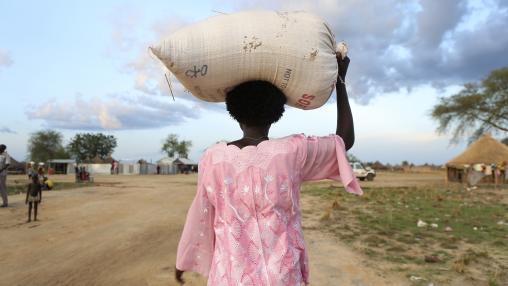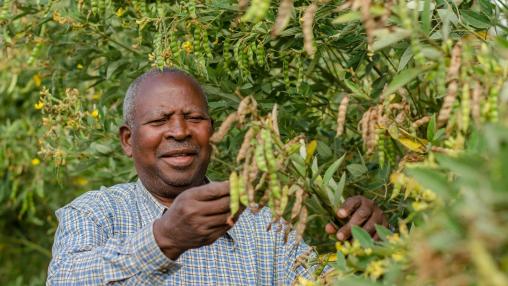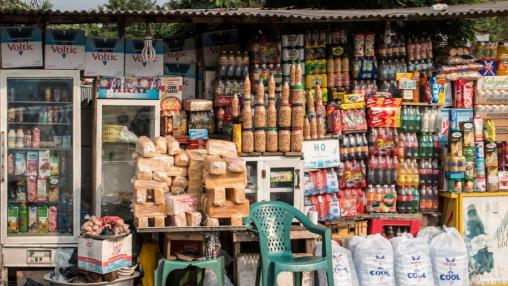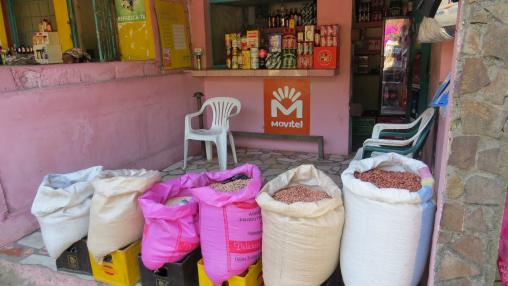
Making the most of intra-African trade: Insights from the 2021 Africa Agriculture Trade Monitor
With the COVID-19 pandemic disrupting livelihoods, and the new African Continental Free Trade Area (AfCFTA) now beginning to influence food flows, agricultural trade in Africa is in a state of flux, with both challenges and opportunities. While AfCFTA implementation has begun, some crucial negotiations remain to be completed, and the full scope of its impact is not yet clear.

Food security and economic impacts of African swine fever: New FSP tool launched
In 2018, African swine fever (ASF), a deadly hemorrhagic disease found in pigs, was reported for the first time in China. By mid-2019, the disease had infected hundreds of millions of pigs—anywhere from 30 to 70 percent of the country’s swine population. Millions of pigs were culled in an effort to slow the spread of the disease, resulting in a drastic reduction in the volume of Chinese pork produced.

Acute Hunger Continues to Rise Globally: Global Report on Food Crises Mid-Year Update Released
Alarming levels of hunger and food insecurity are on the rise across the globe. According to the September 2021 mid-year update to the 2021 Global Report on Food Crises (GRFC), an estimated 161 million people in 42 countries/territories have faced Crisis-level (IPC/CH Phase 3) food insecurity or higher. This number is up from the estimated 155 million acutely food-insecure people reported by the GRFC for 2020.

Making the most of intra-African trade: Insights from the 2021 Africa Agriculture Trade Monitor
This post originally appeared on IFPRI.org
With the COVID-19 pandemic disrupting livelihoods, and the new African Continental Free Trade Area (AfCFTA) now beginning to influence food flows, agricultural trade in Africa is in a state of flux, with both challenges and opportunities. While AfCFTA implementation has begun, some crucial negotiations remain to be completed, and the full scope of its impact is not yet clear.

Latest FEWS Net Alerts Report Food Crises in Several Countries
Several African countries are currently experiencing acute or worsening food insecurity, according to FEWS Net.

New book released: Moving Malawi beyond subsistence agriculture
Most of Malawi’s 4 million households still rely primarily on rainfed crop production with limited use of agricultural inputs for their food needs. But subsistence farming is failing to meet the dietary requirements of all Malawians: In recent years, several hundred thousand households annually have faced acute food insecurity. Insufficient harvests have resulted from either too little or too much rainfall and from limited use of inputs, while landholdings shrink as the population grows. Yet the country’s policy approach to food security continues to center on subsistence production.

Survey: COVID-19’s varied impacts on fresh fruit and vegetable supply chains in Senegal
In response to the COVID-19 pandemic, Senegal declared a state of emergency on March 23, 2020, followed by a range of policy measures to prevent the spread of the coronavirus: Transport was significantly restricted, wet markets were closed, and shops were required to limit their hours. These moves disrupted food supply chains, in particular those of highly perishable products such as fresh fruits and vegetables (FFV).

Policy-induced market distortions along agricultural value chains: Evidence from Ethiopia and Nigeria
This post originally appeared on IFPRI.org

Africa’s processed food revolution and the double burden of malnutrition
This blog was originally posted on IFPRI.org. It was written by Swati Malhotra and Rob Vos from IFPRI’s Markets, Trade, and Institutions Division.

Acute Food Insecurity Rising: 2020 GRFC Mid-Year Update
By: Sara Gustafson
In 2019, as many as 135 million people across 55 countries required urgent food, nutrition, and livelihood assistance, according to the 2020 Global Report on Food Crises . This was the highest global number of acutely food-insecure people on record. The GRFC’s mid-year update , released in early October, takes a look at recent data for 26 of those countries (plus Togo) and specifically examines the impacts of the COVID-19 pandemic.